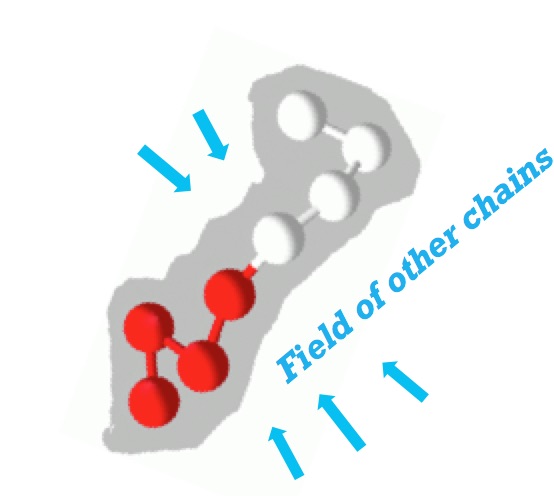The Langmuir trough is a laboratory apparatus used to create and characterize single molecule thick films by controlling the packing density of the molecules. The idea of a Langmuir film was first proposed by Dr. Irving Langmuir in 1917, when he created a single-molecule thin film on water surface.
When a monolayer is fabricated at the gas-liquid or liquid-liquid interface, the film is named Langmuir film (fig.1a). Besides the classical Langmuir troughs, there are also the Langmuir-Blodgett (LB) and Langmuir-Schaefer (LS) techniques that allow depositing the Langmuir film on a solid surface, through vertical (LB) or horizontal depositions (LS) [1].
a) b)
Fig.1 a) Langmuir film deposition [2] and b) Surface pressure—area isotherms of a Langmuir film and molecules in different phases
Langmuir films are formed when amphiphilic molecules, such as lipids, interact with air at air-water interface. After spreading the molecules, which are dissolved in the solvent, onto the water surface, and the evaporation of the solvent, there will be left only the lipids on the water surface. When compressing the lipids, by controlling the surface pressure, the hydrophilic heads will interact with the water molecules, while the hydrophobic tails will be exposed to air, thus forming a monolayer. Langmuir films fabricated in a Langmuir trough can be studied by analyzing surface pressure isotherms, isochors, and other data measured with the trough or with a complementary characterization instrument.
The pressure-area isotherms (fig.1b) are used more frequently and provide information about structure, area, interactions between lipid monolayers and various membrane-lytic nano-objects, phase transitions, compressibility, and hysteresis of the monolayers.
The Langmuir technique is one of the most promising techniques for preparing lipid monolayers, as it enables the precise control of the monolayer thickness, homogeneous deposition of the monolayer over large areas and the possibility to make multilayer structures with varying layer composition.
References:
[1] The Langmuir, Langmuir-Blodgett and Langmuir-Schaefer techniques http://www.biolinscientific.com/technology/l-lb-ls-technique/
[2] H.-J. Butt, K. Graf, M. Kappl, Physics and Chemistry of Interfaces, Wiley/VCH, Berlin, 2003.
Related research topics
- Influence of Acyl Chain Saturation on the Membrane-Binding Activity of a Short Antimicrobial Peptide
- Implications of lipid monolayer charge characteristics on their selective interactions with a short antimicrobial peptide
- ESR9-M: Investigation of interaction of membrane-lytic molecules with lipid monolayer


